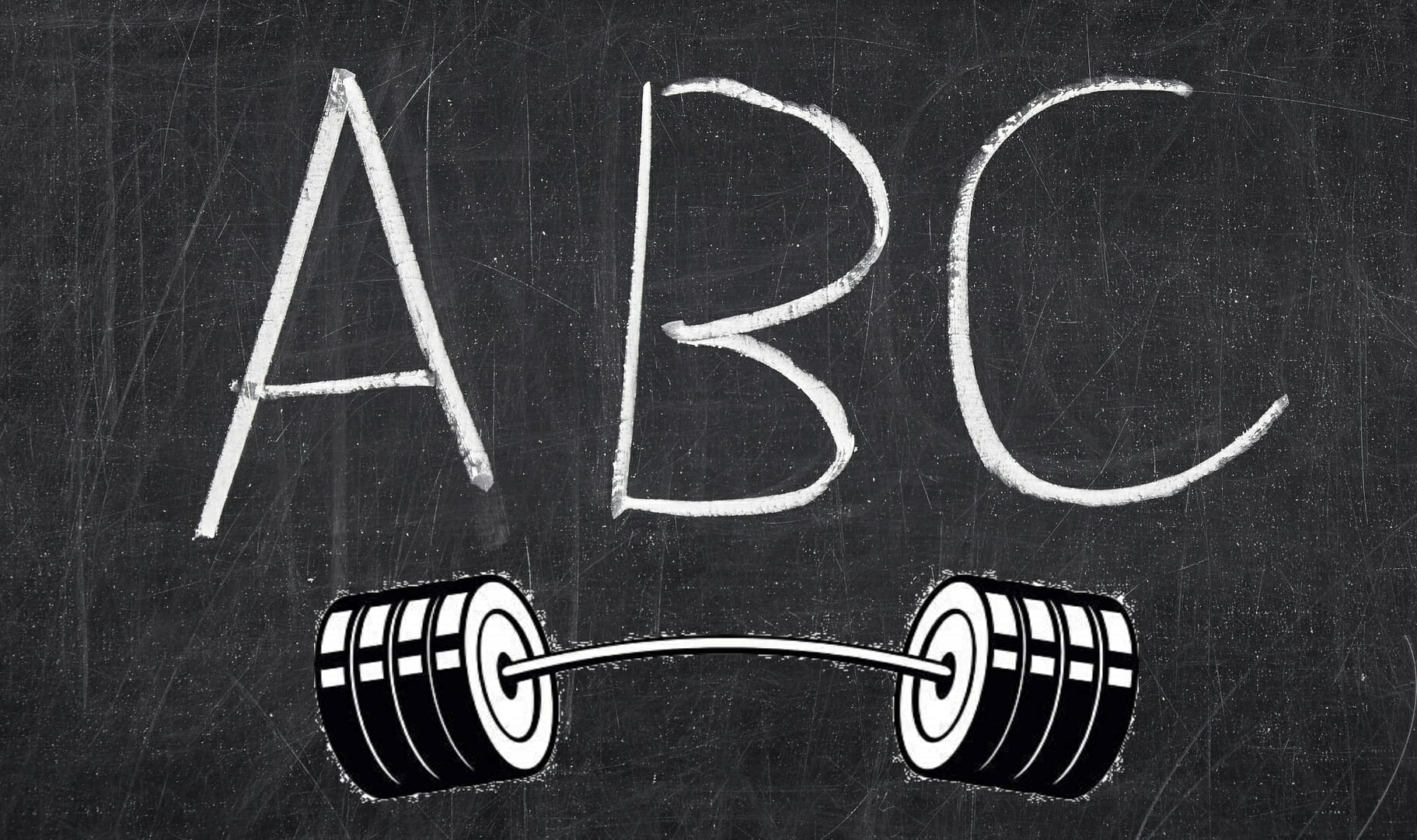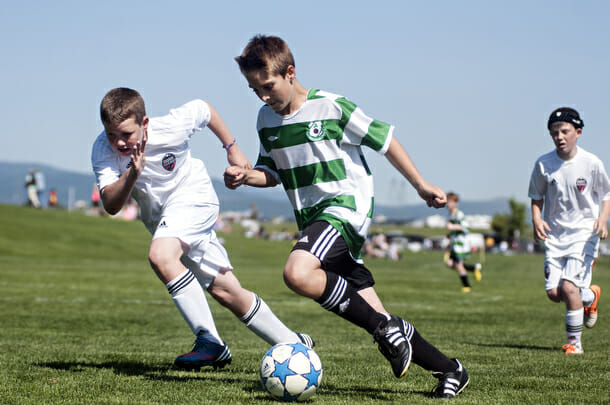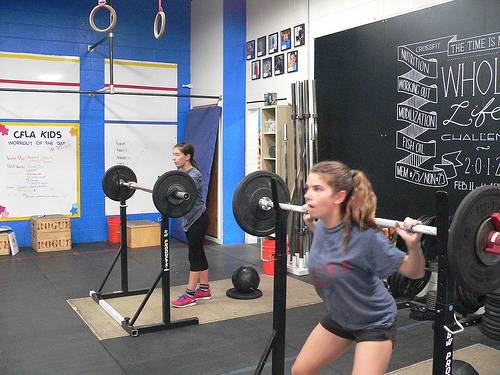
It’s that time of year again. Summer is winding down and kids are preparing to head back to school. Many kids have new clothes, a backpack filled with freshly sharpened pencils, and other supplies to get the year started. As our youngsters head back to school, how we think about progressing in education is how we should think about progressing strength training and injury prevention efforts for young athletes. A simple analogy will help you see the correlation.
Elementary school starts with learning the alphabet, forming words, learning to read, and performing basic arithmetic. Learning these basics gives us the foundation to build on with each passing year in school. What we learned in elementary school becomes easy and new challenges await eventually in middle school, high school and college. It’s hard to imagine a student being prepared to write reports, solve complex fractions, read classic literature, and learn about the sciences in detail without the basics they learned in elementary school. So how does all of this relate to kids strength training and injury prevention? It’s quite similar! Our education in strength and conditioning should not look any different.
When it comes to strength and conditioning for youth, it’s critical to get the fundamentals in place. From our experience, many kids can’t do basic movements like squats, single-leg squats, lunges, or push-ups with proper form and control, or hold a basic plank position with proper alignment. If you need confirmation, have your child perform a single leg squat. Do they have control with their hips level and their knee in a nice straight line, or do they look wobbly with the knees buckling inward and their trunk all over the place? The single-leg squat should illustrate our point perfectly – many kids are unable to control even their own bodyweight!

Executing the basics first prepares kids for later years when more advanced training in the weight room takes place. Most weight room injuries occur due to lack of supervision and improper progressions. A good strength base with proper exercise technique can help avoid sports injuries. Overuse injuries are common in youth sports from participation in year-round activities in multiple sports. Growing bodies have too much asked of them without the strength to sustain the constant activity.

Speaking of year-round sports, current research has shown that playing one sport more than eight months a year increases injury risk by five times. That’s not a typo – five times! Another good guideline is that you should not be participating in a sport each week for more hours than your age in numbers. A 10-year-old should not be playing sports for more than ten hours a week.
Where do you start when it comes to strength training? Begin the strength-training journey by owning your bodyweight. Is your child able to execute push-ups, squats, planks, lunges, and single-leg squats with good form control? How about basic movements on the back such as a bridge? If so, you have earned the right to progress to using external loads such as dumbbells, medicine balls, kettlebells, and eventually a barbell for squats, deadlifts, and other lifts.

Basic exercises are not that exciting. Many are performed on your back, side, or in standing with no weight. However, proper execution of these elementary exercises is critical for the proper performance of middle school exercises like loaded squats. Keep in mind though, even if your child may actually be in middle school, they might be in elementary school from a strength perspective if they’ve never been trained properly. It is also advised that your young athlete concurrently is developing movement skills like jumping, hopping, bounding, marching, and skipping with proper technique. Yes, these movements need to be learned and trained too!
If you are unsure what level your child is feel free to contact Optimal Fitness for a free evaluation.
This article was originally published here.
